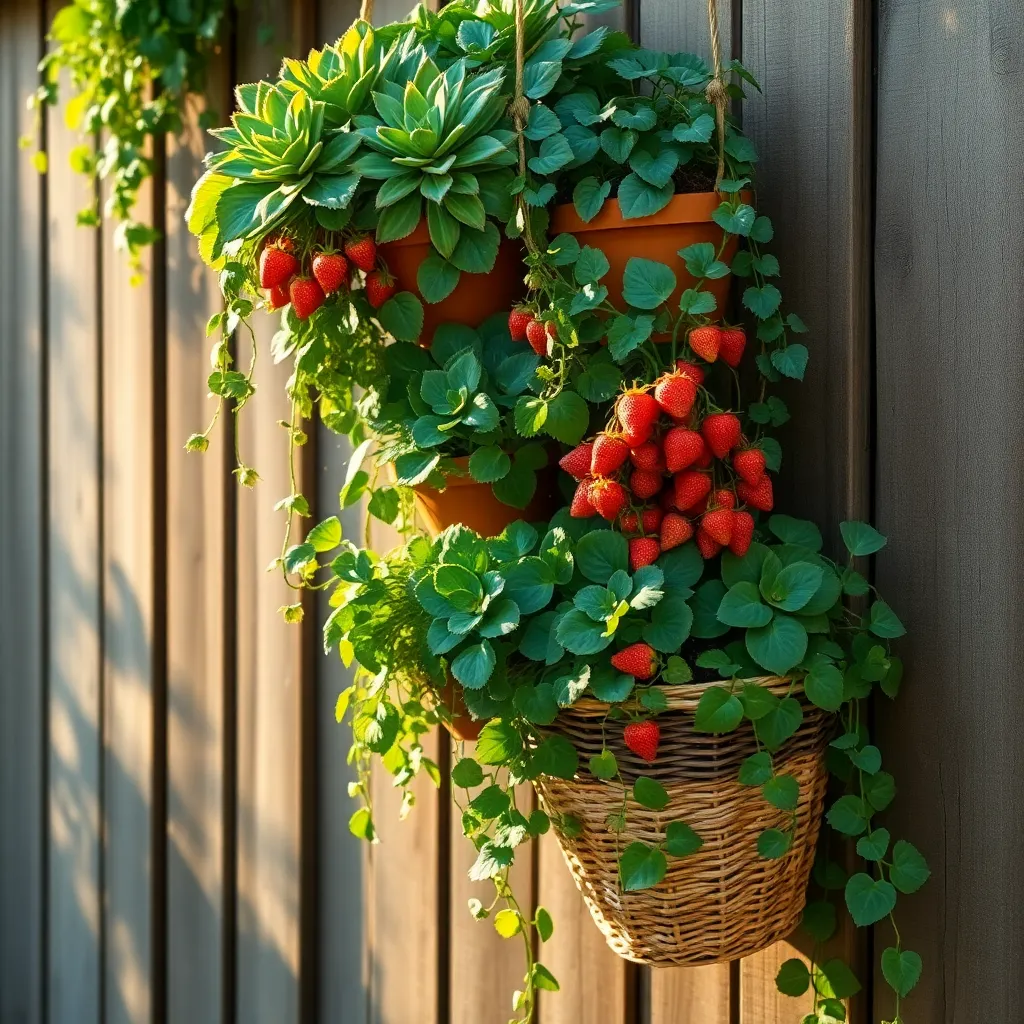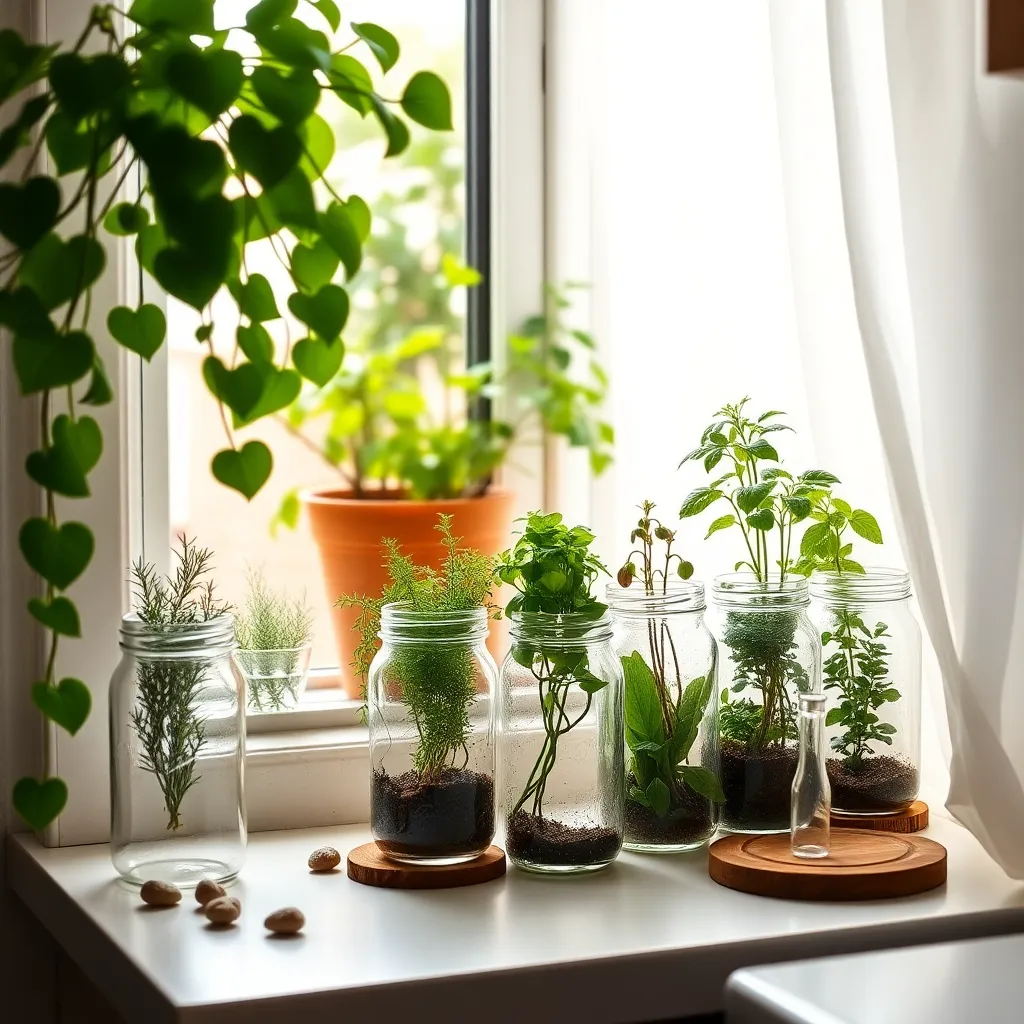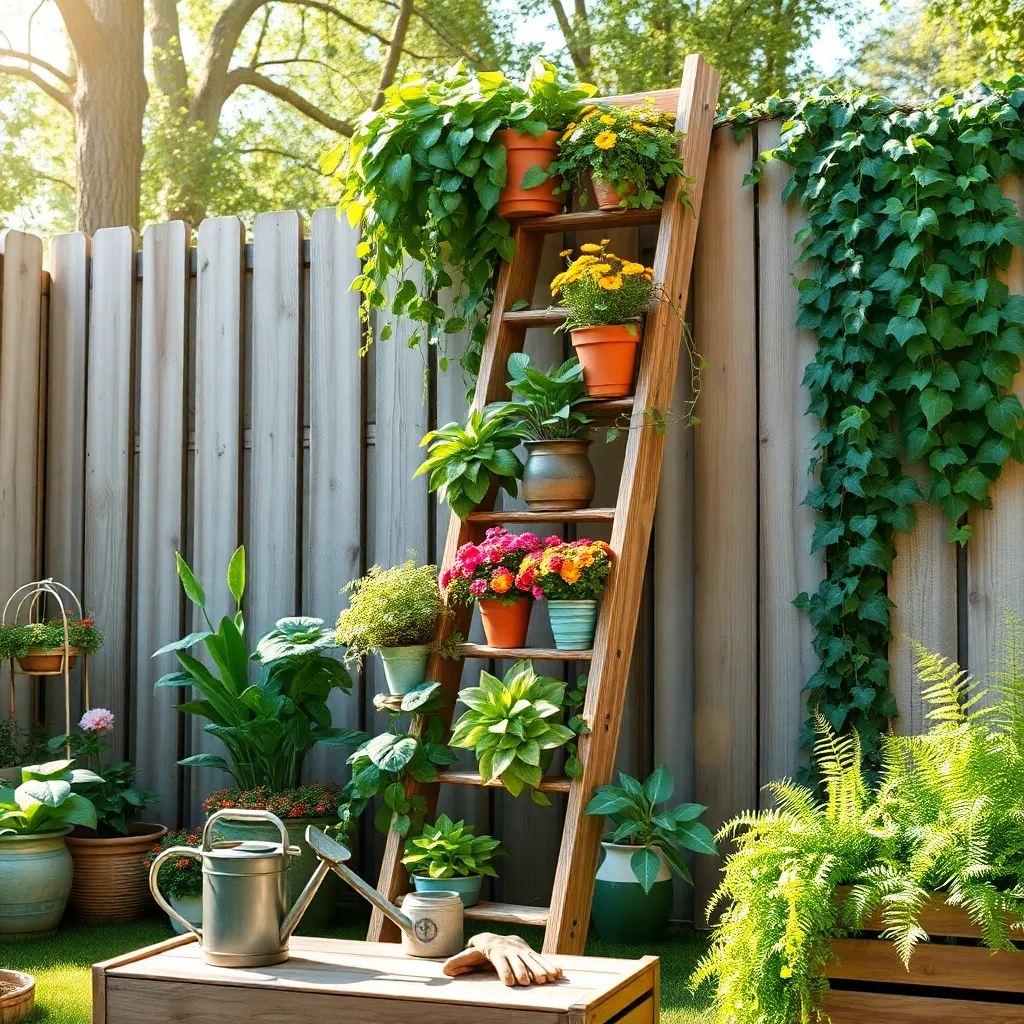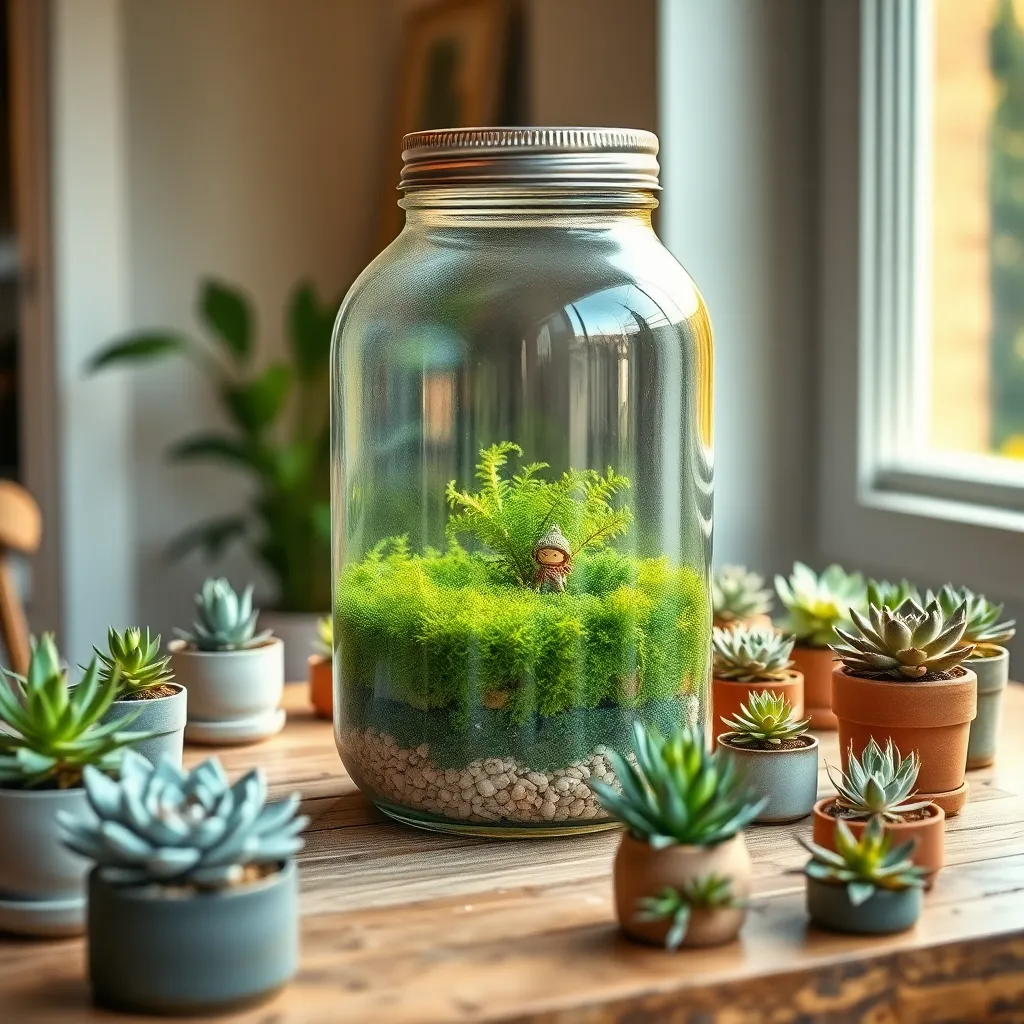Welcome to a world where creativity meets greenery, and where every corner of your home can become a vibrant canvas for nature’s artwork. Whether you’re just starting your gardening journey or have years of green-thumb experience, “DIY Plant Display Ideas for Homes” is your ticket to transforming living spaces into lush, personal sanctuaries. Indoors, plants do more than just beautify; they purify the air, boost your mood, and create a sense of tranquility that turns any house into a home.
In this guide, you’ll discover a treasure trove of indoor plant ideas that are as practical as they are delightful. With simple techniques and innovative displays, you’ll gain the confidence to showcase your plants in ways that reflect your unique style and personality. Get ready to roll up your sleeves and dive into the joy of crafting plant displays that not only thrive but also bring a smile to your face every day. Let the journey begin—one that celebrates the boundless rewards of nurturing nature indoors!
Create Vertical Hanging Gardens

Creating a vertical hanging garden is an excellent way to maximize space and add lush greenery to any home. Start by choosing a suitable structure, such as a wall-mounted planter or a set of hooks, to support your plants.
Choose lightweight and trailing plants like pothos, ferns, or ivy, which thrive when grown vertically. These plants are generally low-maintenance and can adapt to various light conditions, making them perfect for indoor environments.
Ensure your plants are in the right soil; using a well-draining potting mix will prevent waterlogged roots. Water your vertical garden regularly, but check the soil moisture first to avoid over-watering, which is a common mistake with hanging planters.
Advanced gardeners can experiment with more intricate designs, incorporating herbs or flowering plants that require specific care. For instance, herbs like basil or thyme need at least six hours of sunlight and should be pinched back regularly to encourage bushier growth.
Repurpose Jars as Plant Holders

Repurposing jars as plant holders is an excellent way to bring a touch of eco-friendly creativity into your home. These glass containers can serve as charming mini-greenhouses, providing a humid environment that’s perfect for plants like succulents and herbs.
Before using jars, it’s important to ensure proper drainage to prevent root rot. You can achieve this by adding a layer of small stones or gravel at the bottom of the jar, which helps excess water to escape.
For beginners, succulents are an ideal choice for jar planting because they require minimal watering and thrive in bright, indirect light. Simply plant them in a mix of cactus soil or regular potting soil with added sand for good drainage, and water sparingly.
More experienced gardeners might experiment with herbs like mint or basil, which can grow well in jars if provided with the right conditions. These herbs need a nutrient-rich potting mix and should be placed on a sunny windowsill to ensure they receive plenty of light.
Incorporating jars into your plant display can add a unique aesthetic to your space while being functional. Consider grouping jars of different sizes together to create an attractive focal point; just remember to rotate them occasionally to ensure even light exposure for all plants.
Build a Wooden Plant Ladder

Building a wooden plant ladder can add both functionality and charm to your indoor or outdoor space. Start by selecting untreated wood, such as cedar or pine, which are resistant to moisture and pests, making them ideal for gardening projects.
Next, measure and cut four legs to your desired height, ensuring they are even to avoid a wobbly structure. Use a saw to cut additional wood pieces that will serve as the steps or shelves on which your plants will sit.
Assemble the ladder by attaching the steps securely with screws or nails, spacing them evenly for balanced weight distribution. Consider sanding the wood to remove any rough edges, and apply a natural sealant to protect it from the elements.
After constructing your ladder, choose plants that thrive in the same light and moisture conditions to place on each tier. For beginners, hardy plants like succulents or ferns are excellent choices, as they require minimal maintenance.
Advanced gardeners might opt for a mix of herbs, such as basil or thyme, which can be easily accessed and pruned from the ladder. Ensure each plant has adequate drainage by using pots with holes and placing saucers underneath to catch excess water.
Water your plants based on their specific needs, typically once or twice a week, and adjust according to seasonal changes. With proper care, your wooden plant ladder will not only display your plants beautifully but also encourage healthy growth and bountiful blooms.
Use Floating Shelves for Display

Using floating shelves for your plant display can transform any wall into a vertical garden. These shelves are ideal for homes with limited floor space, allowing you to showcase your plants without cluttering the room.
To ensure your plants thrive, choose shelves that are sturdy enough to support the weight of pots and soil. Install them in areas with adequate sunlight, as most houseplants need at least five to six hours of indirect light daily.
For beginners, start with easy-to-manage plants like pothos or succulents, which require minimal watering and can tolerate varying light conditions. More experienced gardeners might consider adding trailing plants like string of pearls, which add a lush, cascading effect.
When arranging your plants, group them by similar water and light requirements to streamline care routines. Consider using self-watering pots to maintain consistent moisture levels, especially for plants that require more frequent hydration.
Design a DIY Terrarium Table

Creating a DIY terrarium table is a wonderful way to showcase your favorite plants while adding a unique, functional piece to your home. Start by choosing a glass table with a removable top or a customized piece of furniture designed for this purpose, ensuring it has enough space to accommodate your plants and soil.
Begin by lining the bottom of the table with a layer of small, clean pebbles to provide excellent drainage. Next, cover the pebbles with a layer of activated charcoal to help keep the environment healthy and prevent odors.
For the soil, use a well-draining potting mix that suits the plants you plan to grow, such as a mix designed for succulents or cacti. Position your plants carefully within the table, ensuring they have adequate space to grow and aren’t overcrowded.
Once your plants are arranged, water them lightly, allowing the soil to become moist but not waterlogged. Maintain your terrarium table by placing it in an area with bright, indirect sunlight, and remember to monitor the moisture levels regularly, watering only when the soil feels dry to the touch.
For an advanced touch, consider incorporating small decorative elements like miniature figurines or moss to enhance the visual appeal. Experiment with plant combinations that offer varied textures and colors, such as pairing ferns with air plants for a lush, diverse look.
Conclusion: Growing Success with These Plants
In exploring the delightful world of DIY plant display ideas, we’ve uncovered five key relationship concepts: creativity, collaboration, communication, nurturing growth, and creating shared spaces. Each of these concepts plays a vital role in fostering a deeper connection with your partner. By engaging in creative projects together, you not only enhance your living environment but also strengthen your bond through teamwork and the joy of shared accomplishments. As you nurture your plants, you’ll also learn the importance of patience and understanding in your relationship.
Now, take the first step towards enhancing your relationship by choosing a DIY plant project to start this weekend. Whether it’s crafting a vertical garden or designing a unique terrarium, let this be the beginning of many collaborative endeavors.
Remember, relationships thrive on continuous learning and growth. Bookmark this article to revisit these ideas and reminders whenever you need a dose of inspiration or a gentle nudge towards creating more shared experiences. As you cultivate your home and relationship, know that each small effort contributes to a flourishing partnership. Embrace the journey, and watch your relationship bloom beautifully into the future.

